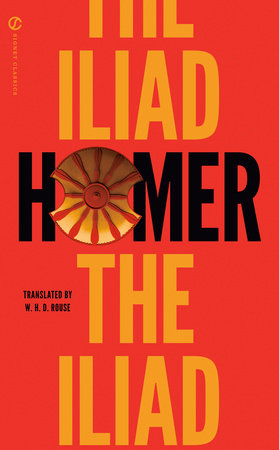
Derrida’s Learning to Live Finally–his last interview before dying in October 2004–is a brilliant testament to learning, living, and loving. This little book arrived today, and I eagerly read it in its entirety this afternoon. Here are a few of my favorite passages:
I don’t want to renounce anything, indeed I cannot. Because you know, learning to live is always narcissistic …: one wants to live as much as possible, to save oneself, to persevere, and to cultivate all these things which, though infinitely greater and more powerful than oneself, nonetheless form a part of this little ‘me’ that they exceed on all sides. To ask me to renounce what formed me, what I’ve loved so much, what has been my law, is to ask me to die. (29-30)
At the moment I leave ‘my’ book (to be published)–after all, no one forces me to do it–I become, appearing-disappearing, like that uneducable specter who will have never learned how to live. The trace I leave signifies to me at once my death, either to come or already come upon me, and the hope that this trace survives me. This is not a striving for immortality; it’s something structural. I leave a piece of paper behind, I go away, I die: it is impossible to escape this structure, it is the unchanging form of my life. Each time I let something go, each time some trace leaves me, ‘proceeds’ from me, unable to be reappropriated, I live my death in writing. It’s the ultimate test: one expropriates oneself without knowing exactly who is being entrusted with what is left behind. Who is going to inherit, and how? Will there even be any heirs? (32-3)
[S]urvival is an originary concept that constitutes the very structure of what we call existence…. We are structurally survivors, marked by this structure of the trace and of the testament…. [D]econstruction is always on the side of the yes, on the side of the affirmation of life. … This surviving is life beyond life, life more than life, and my discourse is not a discourse of death, but, on the contrary, the affirmation of a living being who prefers living and thus surviving to death, because survival is not simply that which remains but the most intense life possible. (51-2)
To get a lucid and direct taste of this philosopher “whose entire work pays homage to the subversive intensity of existence,” I recommend this little book, this blur, this tear–a mere paper left behind when a great thinker ceased to exist.

